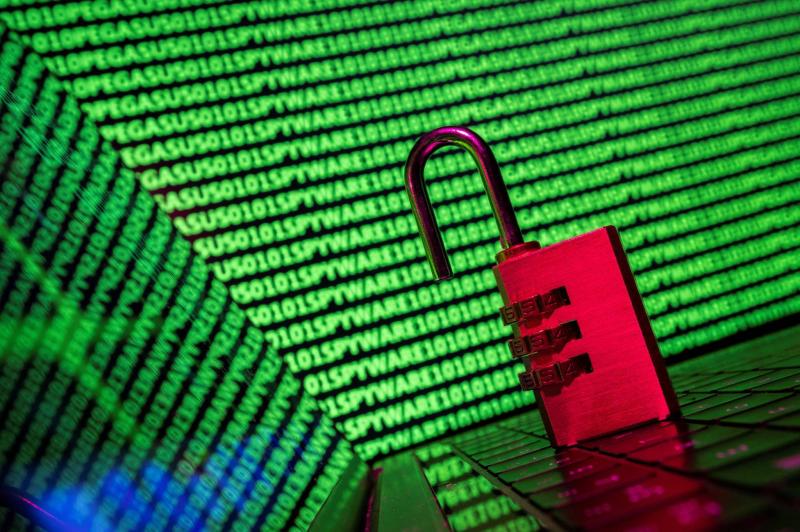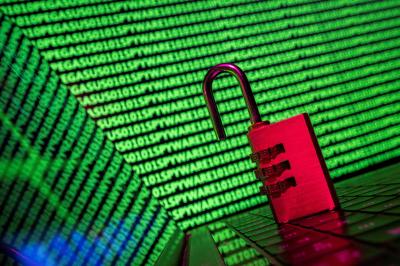President Joe Biden has repeatedly stated that the United States is facing one of those rare moments today, as perilous as the beginnings of the Cold War or the time leading up to September 11. Indeed, the rise of China and the retaliatory tendencies of Russia present exhausting geopolitical challenges in a world characterized by intense strategic competition. The United States no longer enjoys clear dominance, while existential climate threats are growing. Complicating matters further is a technological revolution broader than the Industrial Revolution or the onset of the nuclear age and more acute. Emerging technologies, from microchips and artificial intelligence to quantum computing, are transforming the world, including the intelligence profession. In many ways, these developments make the CIA's mission harder than ever. They provide adversaries with new tools that confuse us, mislead us, and enhance their espionage capabilities against us.
Regardless of how the world's circumstances change, espionage remains an interaction between humans and technology. There will always be confidential information that only humans can unearth and covert operations that only humans can execute. Contrary to what some expected, technological advancements, particularly in signals intelligence, have not rendered such human operations irrelevant; rather, they have revolutionized how these tasks are performed. For the CIA to be an effective intelligence agency in the 21st century, it must blend mastery of emerging technologies with interpersonal skills and the individual courage that has always been at the core of our profession. This means equipping operations officials with the necessary tools and skills to spy in a world of continuous technological surveillance, while providing analysts with advanced artificial intelligence models that handle vast amounts of available data and secretly acquired information to enable them to make the best human decisions.
At the same time, there is a shift in how the CIA handles the intelligence information it gathers. "Strategic declassification," or the deliberate disclosure of certain secrets to weaken adversaries and rally allies, has become a more powerful and effective tool in the hands of policymakers. Its use does not mean recklessly endangering sources or methods of intelligence gathering but represents a wise resistance to the unconscious tendency to keep everything secret. The U.S. intelligence community is also learning the growing value of intelligence diplomacy, gaining a new understanding of the role its efforts play in supporting allies and confronting enemies in assisting decision-makers.
The CIA and the intelligence profession in general face historic challenges today. Geopolitical and technological shifts represent one of the most difficult and important tests in our history. Success hinges on creatively blending traditional human intelligence with emerging technologies. In other words, it requires adapting to a world where the only certainty is change, occurring at an accelerated pace.




